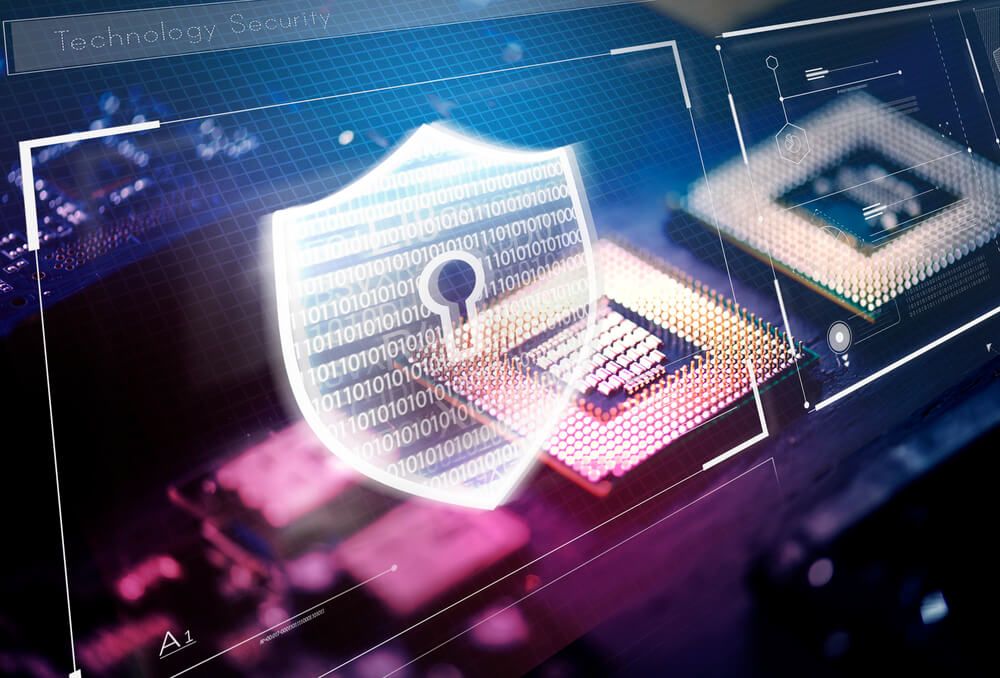Understanding Suspicious User Types With UEBA


The cybersecurity threat landscape is evolving rapidly. Hackers and other malicious users are becoming increasingly sophisticated in their attack methods, rendering traditional security tools obsolete. Modern cybercriminals will use any means to break into firewalls, send emails with infected attachments, or even bribe employees to share login credentials.
Businesses in all industries must identify and implement comprehensive IT security tools and strategies to protect their valuable assets. IBM found that the average cost of data breaches in 2021 rose to $4.24 million, the highest total recorded in the 17-year history of this report.
Now is the time for organizations to adopt new processes and technologies to maintain a strong cybersecurity posture in a high-risk environment. One solution many companies are considering is user and entity behavior analytics (UEBA). Let’s look at how it can help security teams identify suspicious user types and examples of best UEBA practices.

UEBA is an acronym used to describe one of two phrases: user and event behavior analytics or user and entity behavior analytics. It’s an extension of UBA, a basic cybersecurity practice, which stands for user behavior analytics.
UBA leverages machine learning (ML) and deep learning to replicate user behavior on corporate networks and highlights any anonymous conduct that could signify a cybersecurity attack. Essentially, UEBA solutions take UBA principles and apply the same technology to other entities or events, such as routers, endpoints and servers.
Below are three essential components of UEBA solutions:
UEBA systems collect data regarding standard user and entity behavior. The systems apply advanced analytics to analyze the information, form a baseline for these behaviors, and establish patterns.
UEBA tools analyze and compare information from various data sources, including other datasets, packet capture data, and logs, with existing IT security systems.
UEBA systems communicate their findings from these comparisons and analyses by alerting analysts to investigate any detected anomalies.
Any deviations from normal user or entity behavior patterns can alert security teams of potential threats or attacks. For example, suppose a corporate network user downloads 5 GB of data daily but suddenly downloads a terabyte (TB) instead. In that case, a viable UEBA system detects this change. It notifies an analyst that this action falls outside the established baseline.
A key difference between UBA and UEBA is that UEBA extends its reach to non-human processes and entities to cover machine behavior. It provides companies with more context and greater insight with improved analytics, especially organizations working with sensitive data.
Like any IT security tool, UEBA systems have their benefits and drawbacks. Below are some of the pros and cons of implementing UEBA tools:
Cybersecurity experts stress that basic prevention and detection methods are no longer enough to maintain security for a corporate network. Therefore, UEBA tools can provide value for organizations facing common cyberattacks, such as phishing, whaling, distributed denial of service (DDoS), malware, ransomware, and social engineering scams.
If any of these attacks are successful, UEBA solutions will alert security teams promptly. However, implementing UEBA may require more work upfront, such as additional training of teams and initial costs.

It’s no secret that the modern workforce is becoming more mobile, digital, and remote. Companies that transition to a remote work model must assess their risk profile, which allows them to protect their operations and avoid significant financial losses.
Why is it important to detect suspicious user or entity behavior on a corporate network? In today’s digital age, malicious users can significantly impact how a business runs. Analyzing user and entity behavioral patterns gives companies an upper hand, as this process optimizes cybersecurity protection.
An effective UEBA solution will create a risk profile for suspicious activity and inform security teams with details to take appropriate preventive actions. For instance, hackers may infiltrate servers that are responsible for keeping a website up and running, or they can target other corporate resources, such as essential services provided to customers.
Cyberattacks are becoming harder to detect, especially in their early stages. UEBA solutions can also assist security teams in detecting insider threats. Whether it’s one employee or a group going rogue and stealing sensitive data, UEBA systems step in to detect data breaches, policy violations, privilege abuse, and sabotage.
A recent report from Cybersecurity Insiders found that 70% of organizations claim insider attacks are becoming more frequent, which is why many organizations should consider implementing UEBA solutions.
IT professionals gain higher visibility into corporate network use when UEBA tools collect user and entity behavior data. Once data is processed, standardized, and enriched with threat intelligence and other critical details, it provides a consistent, accurate view of any suspicious behavior coming from users or entities in the network.
Files, user accounts, IP addresses, applications, emails, and sign-in activity are all examples of data sources where suspicious activity can occur. Whether intentional or due to negligence, risky behavior occurring within these network components is automatically detected so security teams can swiftly employ their incident response plan.

On paper, UEBA solutions are seemingly too good to be true. However, if these tools are implemented properly and security teams receive adequate UEBA training, a company can elevate its existing cybersecurity posture.
Below are some important tips to consider when leveraging UEBA solutions:
Train staff: Security teams need advanced training to work with these systems.
Increase awareness of insider threats: Use UEBA tools to configure the system to detect insider threats, as they’re becoming more frequent.
Implement access control: Only provide access to the UEBA tool to relevant security team members.
Beware of user privileges: Configure the UEBA system to detect unauthorized privilege escalation, as hackers will often target non-privileged user accounts while executing an attack.
Leverage additional cybersecurity tools: UEBA solutions should complement existing cybersecurity strategies, tools, and processes — not be a complete replacement.
UEBA solutions will likely become commonplace in modern enterprise security systems. With rising cybersecurity attacks and the transition to remote work, analyzing user and entity behavior plays a key role in identifying suspicious activity and preventing data breaches.
Reducing security event response time is a top priority for security teams and their organizations. Leveraging UEBA solutions can help them achieve this and keep sensitive data secure and, more importantly, out of the hands of malicious actors.
UEBA tools are invaluable to the modern corporation. They serve as a novel way to analyze user and entity behavior and complement widely used intrusion protection systems and threat detection software. These tools are powerful additions to an organization’s cybersecurity suite.
Still, they’re not a panacea — it’s best practice to use them in tandem with other security measures.
Looking for ways to ensure comprehensive visibility and control of your data? Check out Logsign’s Next-Gen SIEM Platform, which allows security analysts to collect and store unlimited data, investigate and detect threats, and respond automatically.